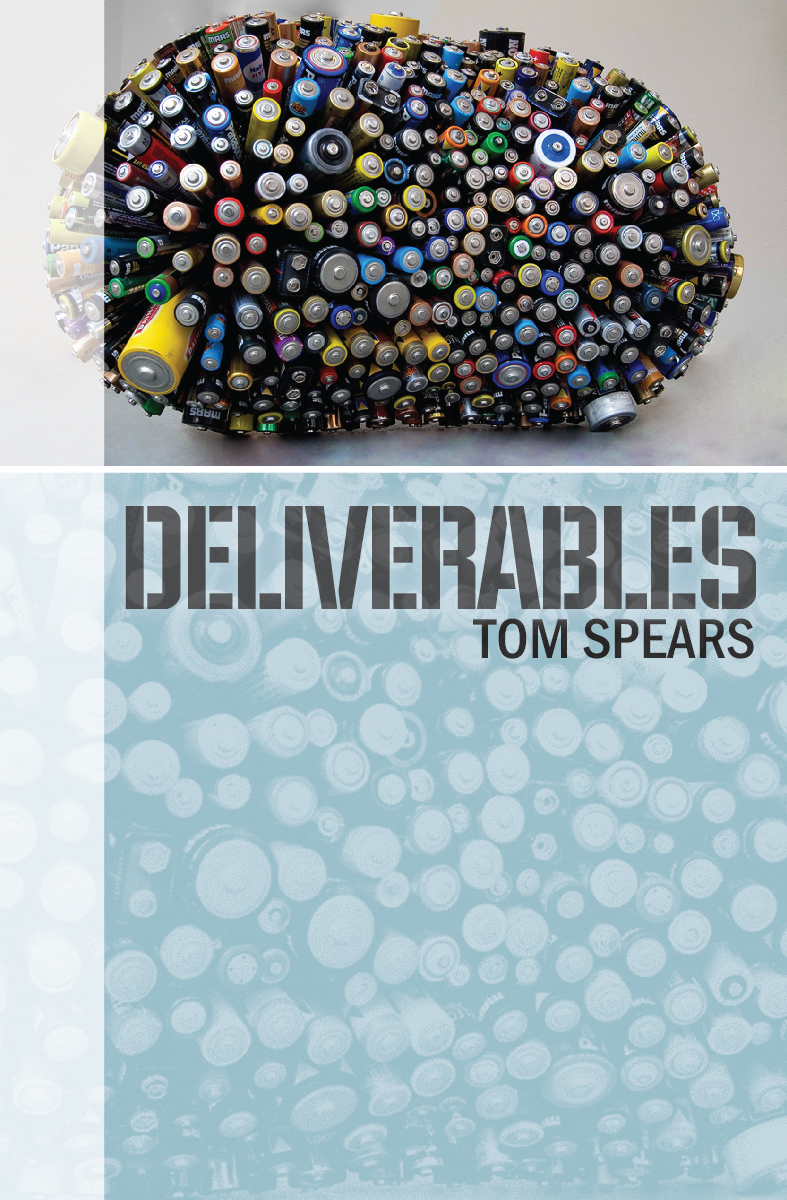We typically learned about sunk costs in an elementary business or economics course – they are the costs already in the past and no longer relevant to future decisions. Normally, the “sunk cost fallacy” rears its ugly head when a particular venture is partially completed and the picture of the balance of the project has changed so much that continuing on with the effort is questionable. Analysis will often tell us that we should stop, but all the expenditures made and pain endured urge us (often beyond logic) to continue to the end.
The giant machine
In a real life example, my boss purchased a rather enormous, used piece of metal fabrication equipment in Europe for what appeared to be a bargain basement price (still in the millions of dollars). His plan was to relocate the machine to the United States and put it into service at one of our plants. Initially, the project looked pretty good on paper – even though the savings from the machine were modest, the low purchase price resulted in a reasonable payback.
Unfortunately, things almost immediately started to go off the rails.
Disassembly of the machine was much more difficult than expected, and the shipping costs were sky high. Site prep work, mostly excavation and concrete, also busted it’s part of the budget. By the time the machine hit the factory floor in the U.S., it was clear the entire project was going to be a loser.
That’s when the engineer in charge of installation discovered the frame of the machine was cracked. And the main hydraulic pumping unit didn’t work. And there were oodles of missing tooling components.
At that point, there is little doubt that the value to be gained by finishing the project was grossly outweighed by the cost to fix all the problems.
But that didn’t matter to my boss, the project’s sponsor. Instead, the sunk costs (purchase price of the equipment, disassembly and shipment, and the initial site preparation) became a political black eye he wasn’t willing to deal with. He simply couldn’t do what was technically right, dropping the projects and trying to mitigate the damage.
So things continued on.
His problem wasn’t a result of poor analysis, self-deception, or even wishful thinking – it was a question of his willingness to suffer the effects of 20-20 hindsight. In this particular company, there was a premium put on identifying and punishing people for their mistakes, and this one was going to be a dozy.
The situation is a perfect illustration of the sunk cost fallacy, a disease that seems to mainly impact larger businesses. Nobody wants to admit to a mistake once they’ve dumped dollars into it, therefore they tend to drive a project to completion regardless of the sense (or lack thereof) in doing so.
This same situation repeated itself multiple times with all of my large, corporate employers.
It is true that most senior managers can't get the money already spent out of their minds – particularly if the spending of it was the work of a subordinate that can be blamed for the error. Project sponsors desperately need their investments to be good ones, and so – often against all logic – will continue to spend in the vain hope that somehow their project will achieve its original projections.
As one of my peer once quipped: “Hope is no way to run a business… but sometimes it’s all we’ve got.”
Stopping a project in mid-execution is tantamount to confessing to imperfect management ability. In most large corporations that comes with a steep political price tag -- at the least a loss of confidence, at the worst the loss of a job. If an employee admits to an error, they are likely to be punished. And the more the organization focuses on finding the guilty (and trust me, they all do, at least to a degree) the bigger the stakes become.
On the other hand, if the manager allows the project to continue, she will likely have time to devise a plan to lay-off blame elsewhere. Bad execution by some subordinate, deceptive suppliers, poor initial project analysis -- the list goes on. Heck, maybe she will already be in another job before the sh!t really hits the fan. I've even observed managers repositioning others to be scapegoats for impending disasters when what they should have done was to call a stop to the spending.
Smaller is better
Mistakes are made in smaller firms, too, but there is no hiding from them. No kicking the can down the road. No blaming someone else. Everyone sees them and everyone knows who was responsible.
I’m reminded of one of my own recent flub-ups, the purchase of a delivery truck. Actually, it turned out to be the purchase of three delivery trucks.
I found the first truck listed on the web and located nearby. After a review of the vehicle’s condition, I purchased it. We then invested several thousand dollars (expected spending) fixing a number of mechanical problems with the truck, and then were ready to use it.
That’s when we discovered our forklift couldn’t drive into the back. The box opening was too small, and the ramp at our facility was too tall. And once we delivered a load to the customer, we discovered our driver had to hand-haul the pallets out of the truck for the same reasons. The final nail in the coffin of truck #1 was the addition of another product for delivery that exceeded the truck’s weight capacity.
It is still parked in our parking lot with a FOR SALE sign in the window.
So I bought another truck. Truck #2 was bigger, and seemingly solved the problems of Truck #1. At least this time, we quickly discovered we still couldn’t drive onto it with the forklift (wrong type of suspension).
The third time was the charm. I was able to swap truck # 2 and some additional cash to buy the third one, which is still getting the job done today.
If we had been a large corporation, I’m certain the company would still be using the first truck – probably with an entirely new undercarriage and a lift kit. Undoubtedly the project manager – assuming he had the power – would have purchased special, low height forklifts to service the vehicle, and would have reconstructed the building ramps, rather than admit defeat.
In our small company environment, we were able to recognize the reality of the situation – facing the fact that the first two decisions were bad, and quickly move on to a better solution. Unlike our larger corporate brethren, we successfully avoid the sunk cost fallacy.
Summary
The larger, more political, more punitive, and more complex the organization, the more likely they are to suffer from the inefficiencies of the sunk cost fallacy. The wastefulness and inefficiency associated with continuing spending projects when all signs indicate they should be stopped, is one of the key factors that helps level the playing field for smaller companies.
Posts in the “Corporate Inefficiency” Series (Chronological Order)
Posts in the “Behaviors Managers Hate” Series (Chronological Order)
- Classic: Behaviors Managers Hate, Overview
- Classic: Behaviors Managers Hate, Fairness
- Classic: Behaviors Managers Hate, Blinders
- Classic: Behaviors Managers Hate, Entitled
- Classic: Behaviors Managers Hate, Performance Cluelessness
- Classic: Behaviors Managers Hate, Business Cluelessness
- Classic: Behaviors Managers Hate, Blaming
- Classic: Behaviors Managers Hate, Hiding
- Classic: Behaviors Manager hate, Suggesters
- Classic: Behaviors Managers Hate, Clock Watchers
To find other blog posts, type a keyword into this search box, or check my Blog Index…
My LinkedIn profile is open for your connection. Click here and request to connect. www.linkedin.com/in/tspears/
If you are intrigued by the ideas presented in my blog posts, check out some of my other writing.
Novels: LEVERAGE, INCENTIVIZE, DELIVERABLES, HEIR APPARENT, PURSUING OTHER OPPORTUNITIES, and EMPOWERED.
Non-Fiction: NAVIGATING CORPORATE POLITICS
To the left is the cover of LEVERAGE. This novel explores the theft of sensitive DOD designs from a Minneapolis Tech Company, and the dangers associated with digging too deeply into the surrounding mystery. The tale features first level manager, Mark Carson, and the struggle he experiences as he finds the resources of the corporation aligned against him. Its sequel, PURSUING OTHER OPPORTUNITIES, was released in May of 2014. A third book in the series, OUTSOURCED, is in the works.
My novels are based on extensions of 27 years of personal experience as a senior manager in public corporations.




















